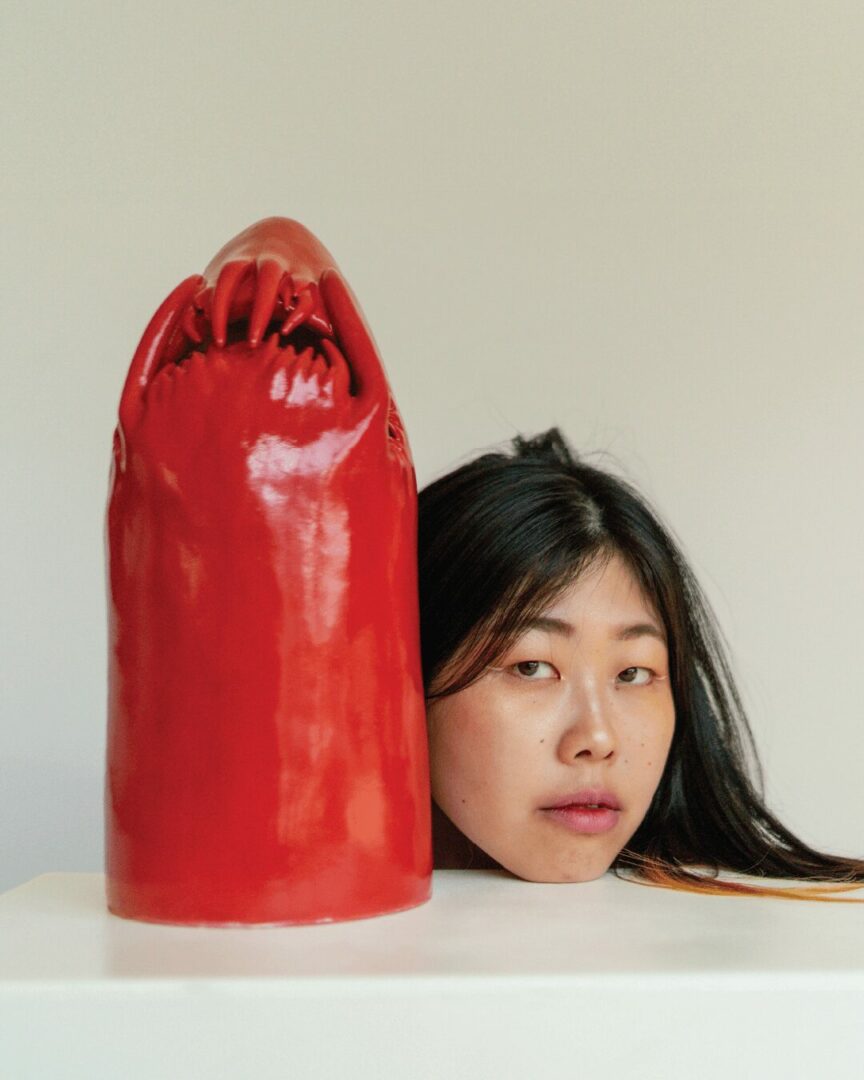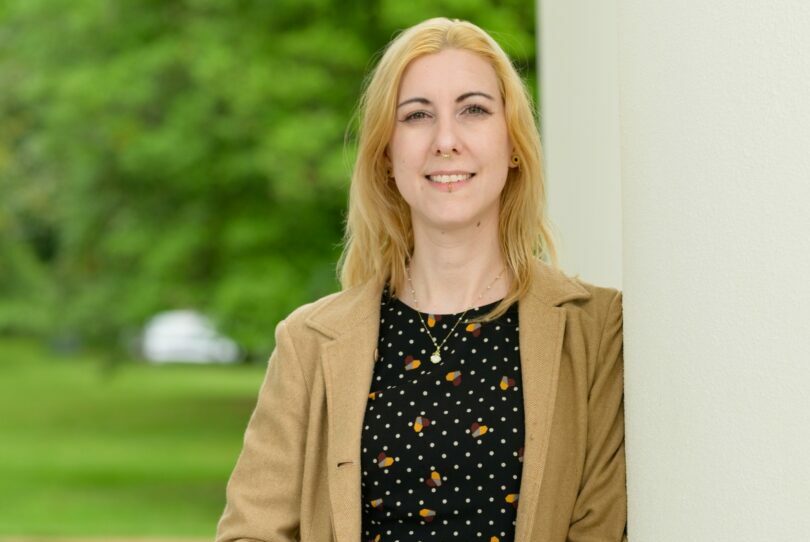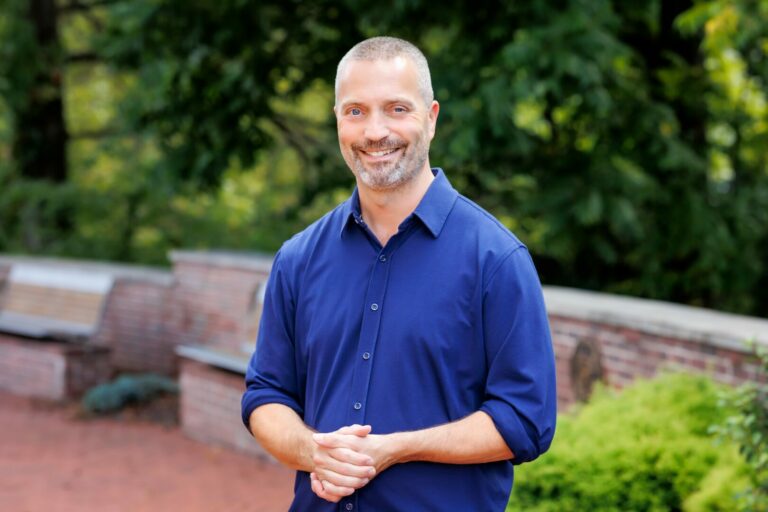We’re looking forward to introducing you to Eri Maeda. Check out our conversation below.
Eri, a huge thanks to you for investing the time to share your wisdom with those who are seeking it. We think it’s so important for us to share stories with our neighbors, friends and community because knowledge multiples when we share with each other. Let’s jump in: What battle are you avoiding?
I’m still learning not to fight the invisible rules I grew up with, like shame, obedience, and gendered expectations. Instead, I turn them into surreal ceramic creatures that laugh at those boundaries. Through my work as a Japanese artist in Paris, I let the absurd replace the obedient, transforming quiet constraint into playful rebellion.
Can you briefly introduce yourself and share what makes you or your brand unique?
I’m Eri Maeda, a Japanese visual artist based in Paris. I create surreal ceramic sculptures that blur the line between the familiar and the unsettling. My work reimagines domestic objects and body-like forms as absurd, creature-like hybrids, exploring shame, taboo, and gendered expectations shaped by my upbringing in Japan. Through vivid color and humor, I turn symbols of restraint into playful acts of rebellion. Each piece becomes a small resistance against silence, control, and conformity. I’m currently working on a series of ceramic sculptures and installations that question how cultural norms inhabit our daily lives and bodies.
Appreciate your sharing that. Let’s talk about your life, growing up and some of topics and learnings around that. Who were you before the world told you who you had to be?
Before the world told me who to be, I was a quiet observer, fascinated by the odd and imperfect. I tried to be a good girl, following every expectation placed on me, but I was secretly drawn to those who lived against the rules. I admired people who shaped their own paths and created their own boundaries. That quiet conflict still lives inside me and fuels my art.
When did you stop hiding your pain and start using it as power?
It happened slowly, through clay and through becoming a mother. When I began sculpting, I realized my pain could take shape instead of staying silent. Later, watching my baby cry and make a fuss taught me something simple but profound, that raw emotion is a form of communication, not something to hide. I started turning feelings of shame and pressure into surreal ceramic forms that laugh, stretch, and misbehave. I use my work to reclaim those emotions and transform vulnerability into creative power.
So a lot of these questions go deep, but if you are open to it, we’ve got a few more questions that we’d love to get your take on. What’s a belief you used to hold tightly but now think was naive or wrong?
I used to think that following all the rules and meeting everyone’s expectations would bring happiness. I believed obedience was the path to being a good person. Over time, I realized that living only within boundaries set by others silenced my curiosity and creativity. Today, as a Japanese artist in Paris working in surreal ceramics and contemporary sculpture, I embrace imperfection and freedom, exploring ideas of identity, gender, and rebellion in my art.
Okay, so before we go, let’s tackle one more area. Are you doing what you were born to do—or what you were told to do?
For a long time, I did what I was told to do. I followed expectations, believing that art was not a real job and that you could not call yourself an artist unless your work was in a museum. Over time, through surreal ceramics, I began to unlearn these limits and reconnect with my own curiosity. Now I feel closer to what I was born to do, creating work that questions norms and gives form to the emotions we are told to hide.
Contact Info:
- Website: https://www.erimaeda-art.com/
- Instagram: https://www.instagram.com/erimaeda.art/
- Linkedin: https://www.linkedin.com/in/erimaeda-art
- Twitter: http://x.com/_erimaeda
- Other: Substack: https://erimaeda.substack.com/
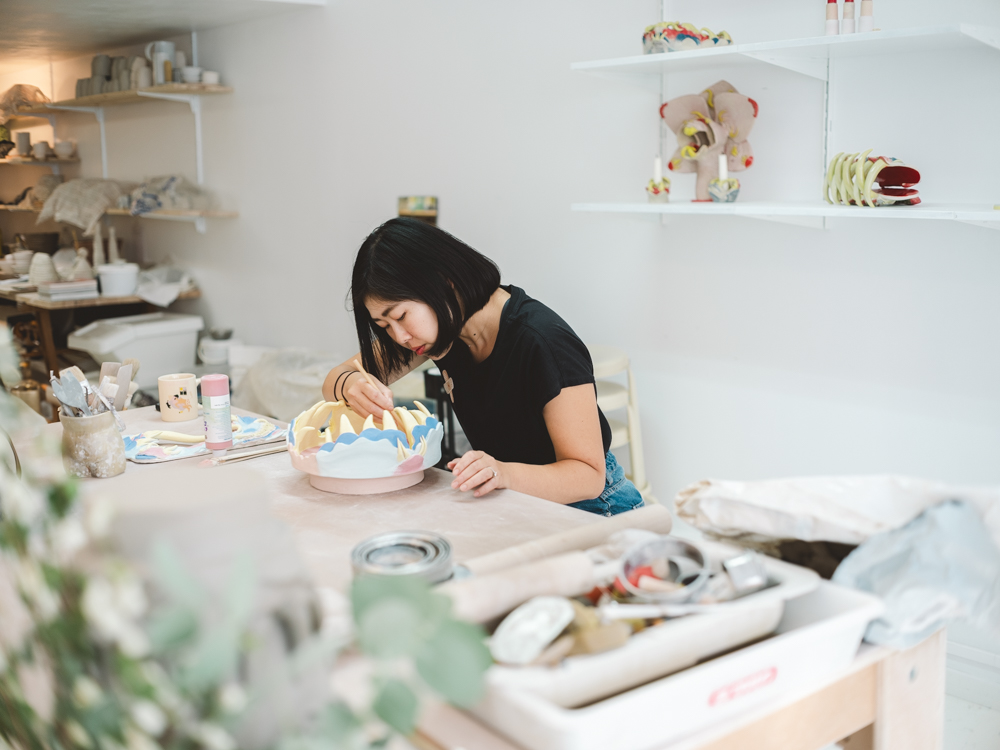
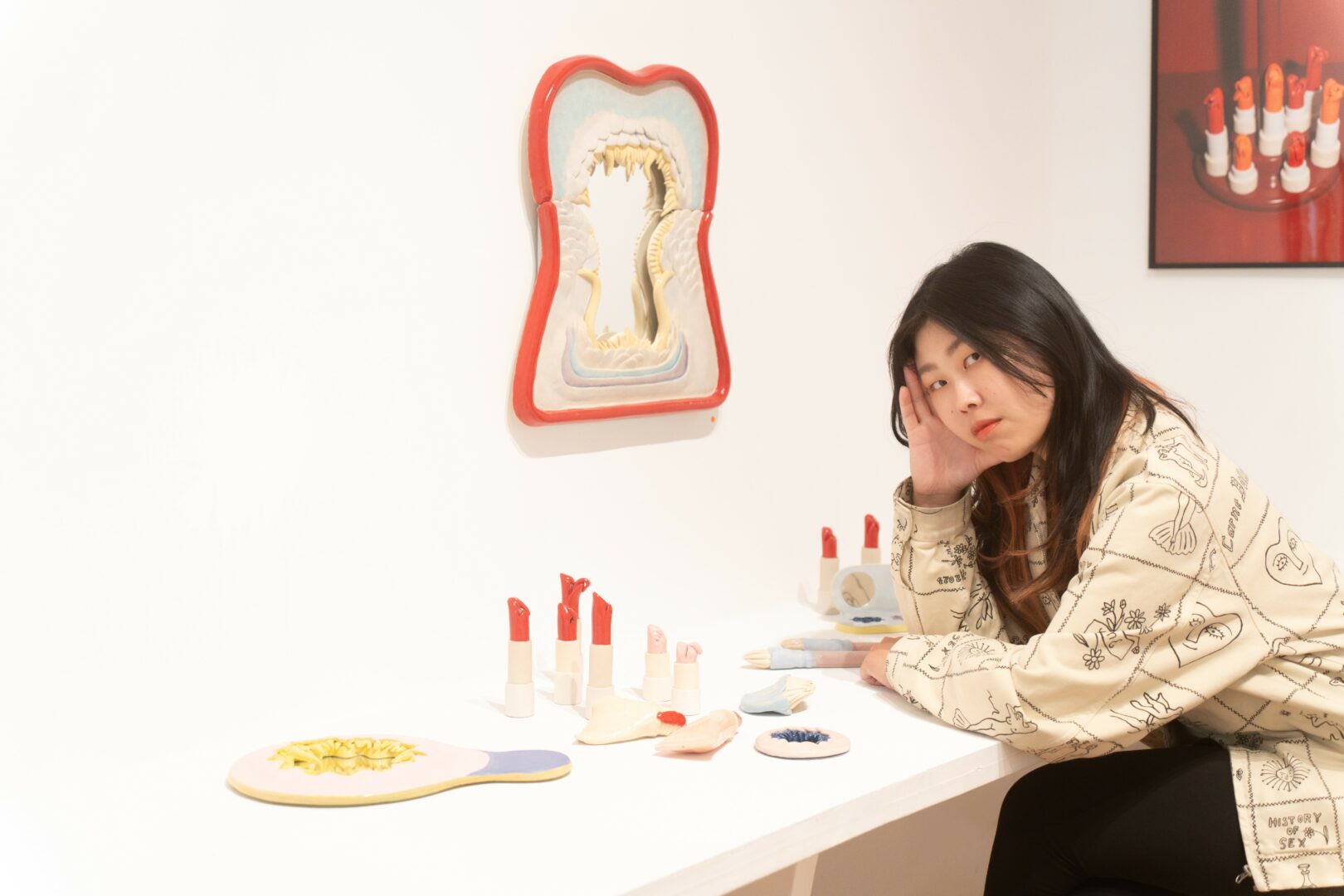
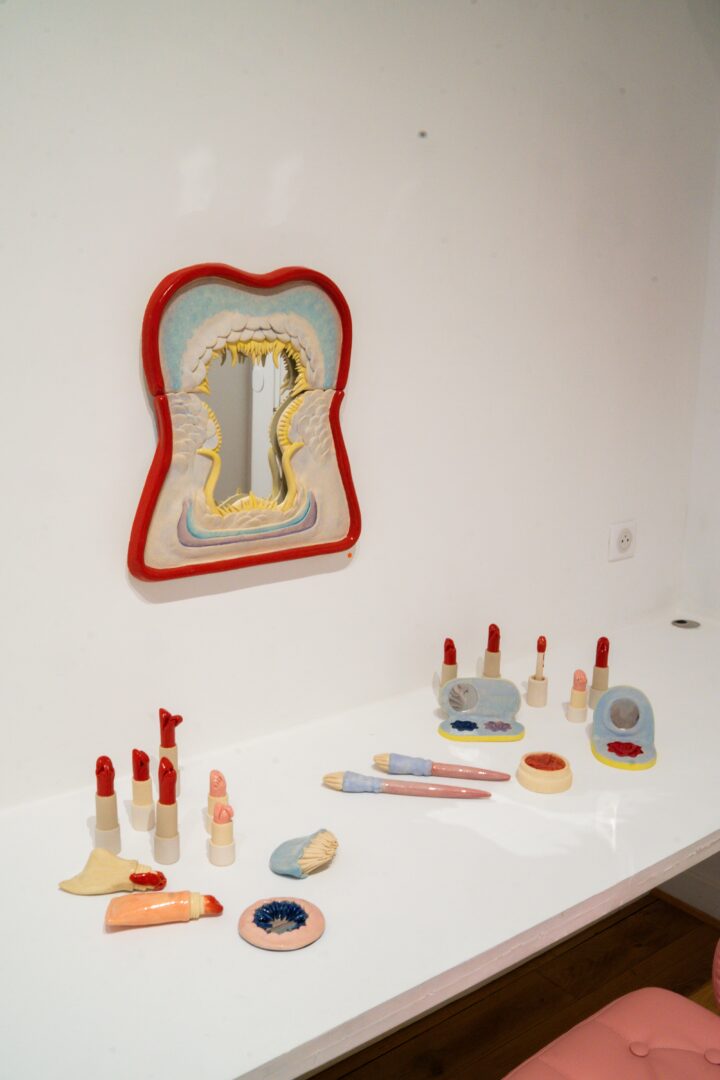
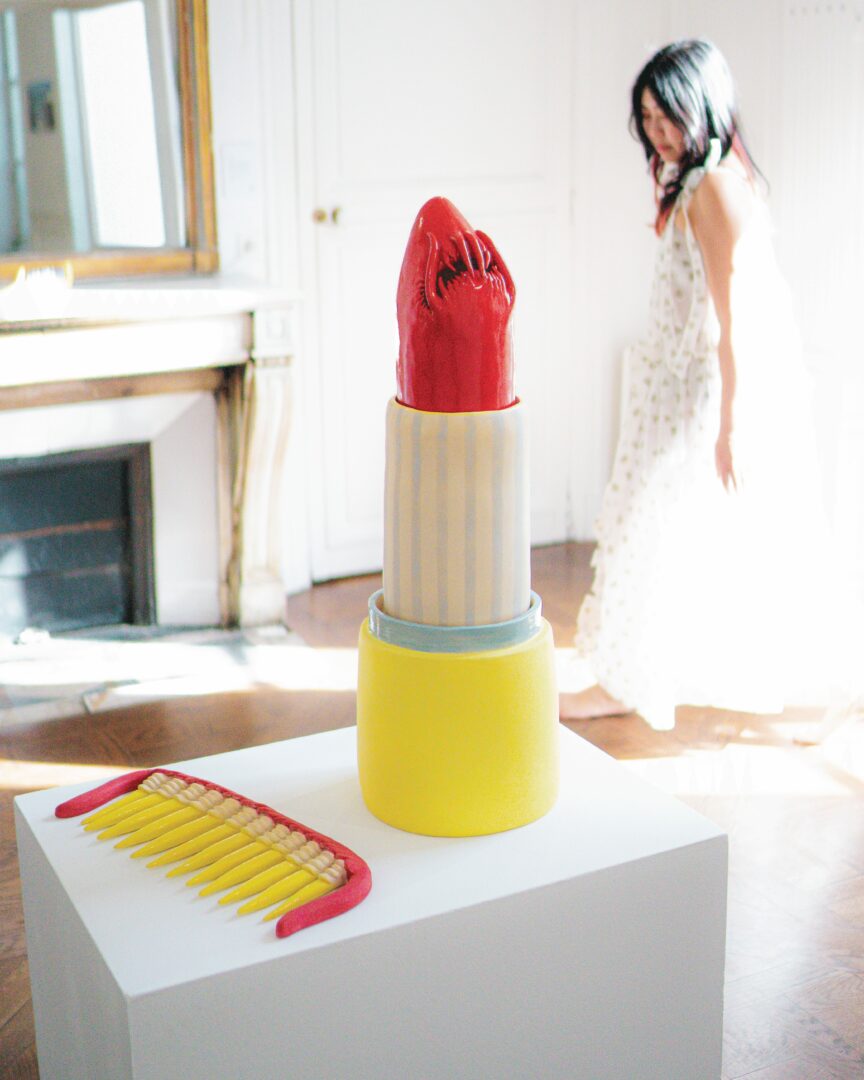
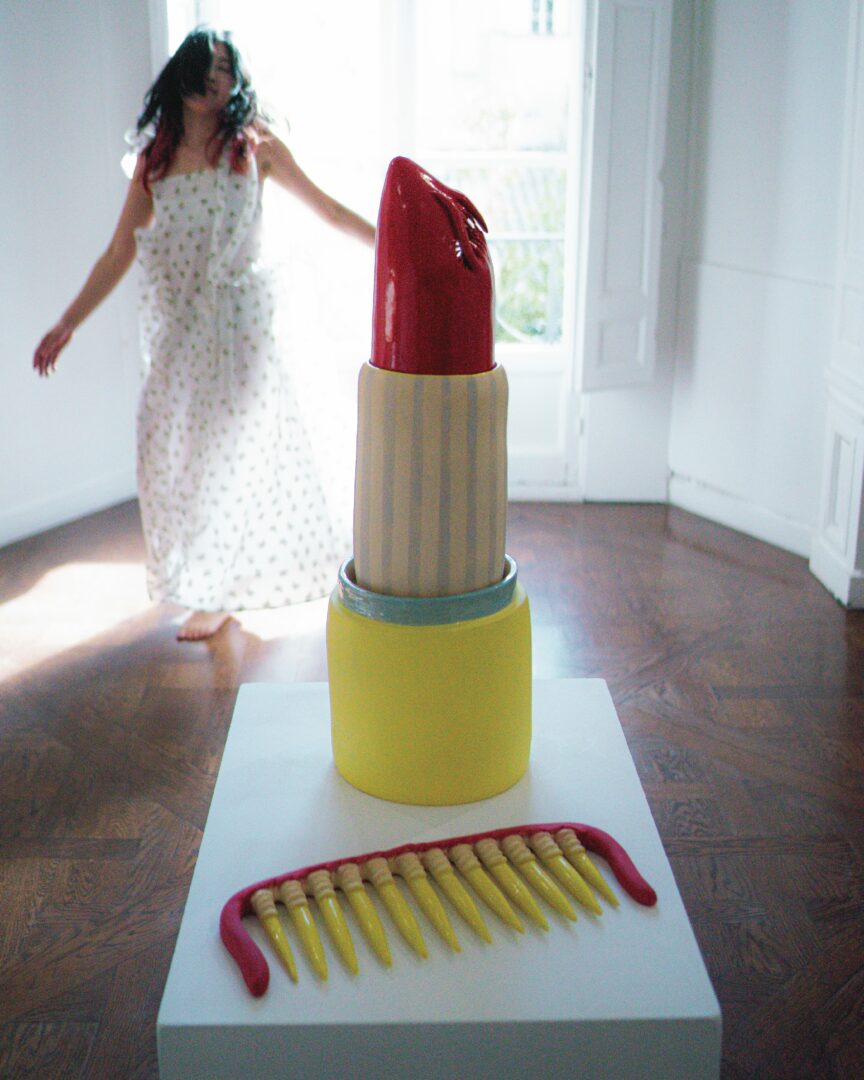
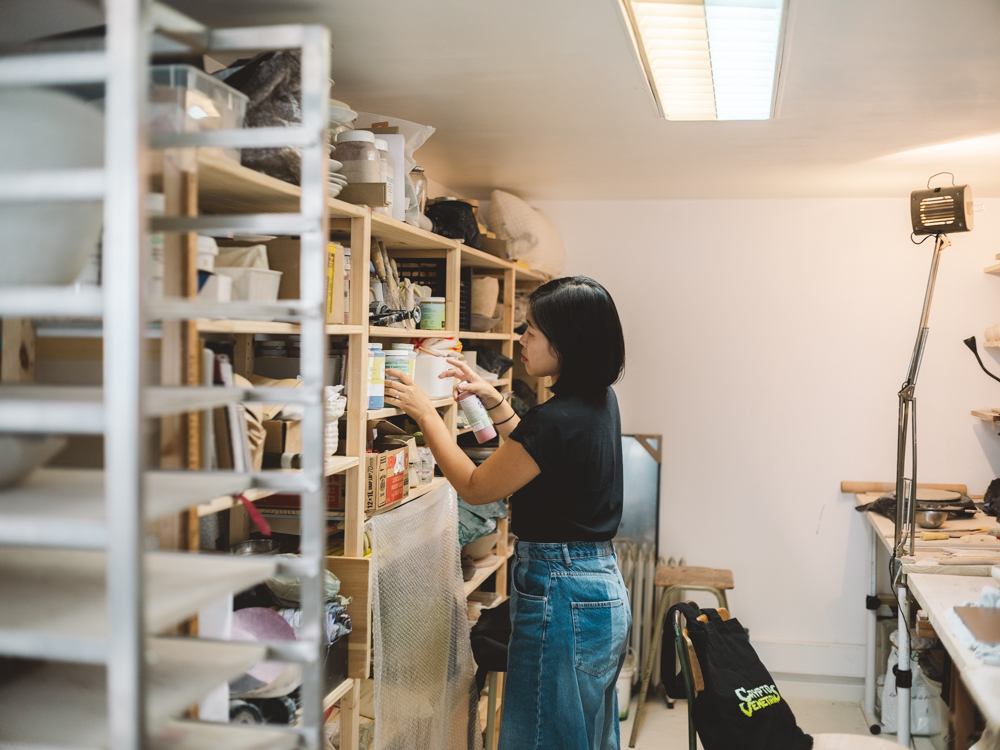
Image Credits
@y_himama0918
@lilfram_
so if you or someone you know deserves recognition please let us know here.

